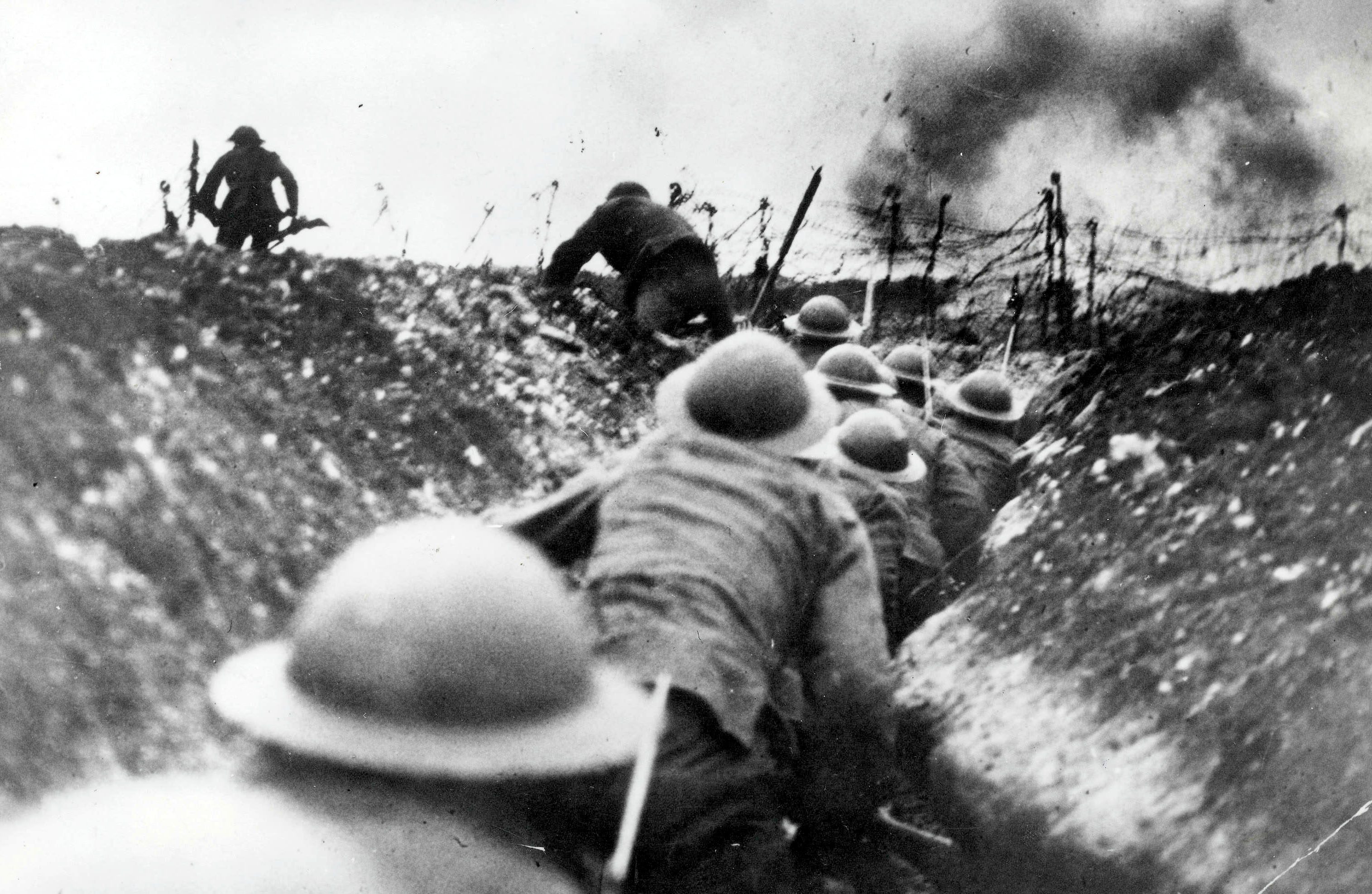
3.6.WORLD WAR 1
World War I or the First World War, often abbreviated as WWI or WW1, and referred to by some Anglophone authors as the "Great War" or the "War to End All Wars", was a global conflict which lasted from 1914 to 1918, and is considered one of the deadliest conflicts in history.
Belligerents included much of Europe, the Russian Empire, the United States, and the Ottoman Empire, with fighting occurring throughout Europe, the Middle East, Africa, the Pacific, and parts of Asia. An estimated 9 million soldiers were killed in combat, plus another 23 million wounded, while 5 million civilians died as a result of military action, hunger, and disease. Millions more died in genocides within the Ottoman Empire and in the 1918 influenza pandemic, which was exacerbated by the movement of combatants during the war.
Prior to 1914, the European great powers were divided between the Triple Entente, comprising France, Russia, and Britain, and the Triple Alliance, containing Germany, Austria-Hungary, and Italy.
Tensions in the Balkans came to a head on 28 June 1914 following the assassination of Archduke Franz Ferdinand, the Austro-Hungarian heir, by GavriloPrincip, a Bosnian Serb. Austria-Hungary blamed Serbia, which led to the July Crisis, an unsuccessful attempt to avoid conflict through diplomacy.
On 28 July 1914, Austria-Hungary declared war on Serbia, and Russia came to the latter's defence. By 4 August, the system of entangling alliances drew in Germany, France, and Britain, along with their respective colonies, although Italy initially remained neutral. In November 1914, the Ottoman Empire, Germany, and Austria-Hungary formed the Central Powers, and on 26 April 1915, Italy joined Britain, France, Russia, and Serbia as the Allies of World War I.
In the aftermath of the war, four empires disappeared: the German, Austro-Hungarian, Ottoman, and Russian. Numerous nations regained their former independence, and new ones were created. Four dynasties, together with their ancillary aristocracies, fell as a result of the war: the Romanovs, the Hohenzollerns, the Habsburgs, and the Ottomans. Belgium and Serbia were badly damaged, as was France, with 1.4 million soldiers dead, not counting other casualties. Germany and Russia were similarly affected.
A formal state of war between the two sides persisted for another seven months, until the signing of the Treaty of Versailles with Germany on 28 June 1919.
5 Main terms of the Treaty of Versailles?
The terms of the treaty required that Germany pay financial reparations, disarm, lose territory, and give up all of its overseas colonies.
It also called for the creation of the League of Nations in 1919, an institution that President Woodrow Wilson strongly supported and had originally outlined in his Fourteen Points address
